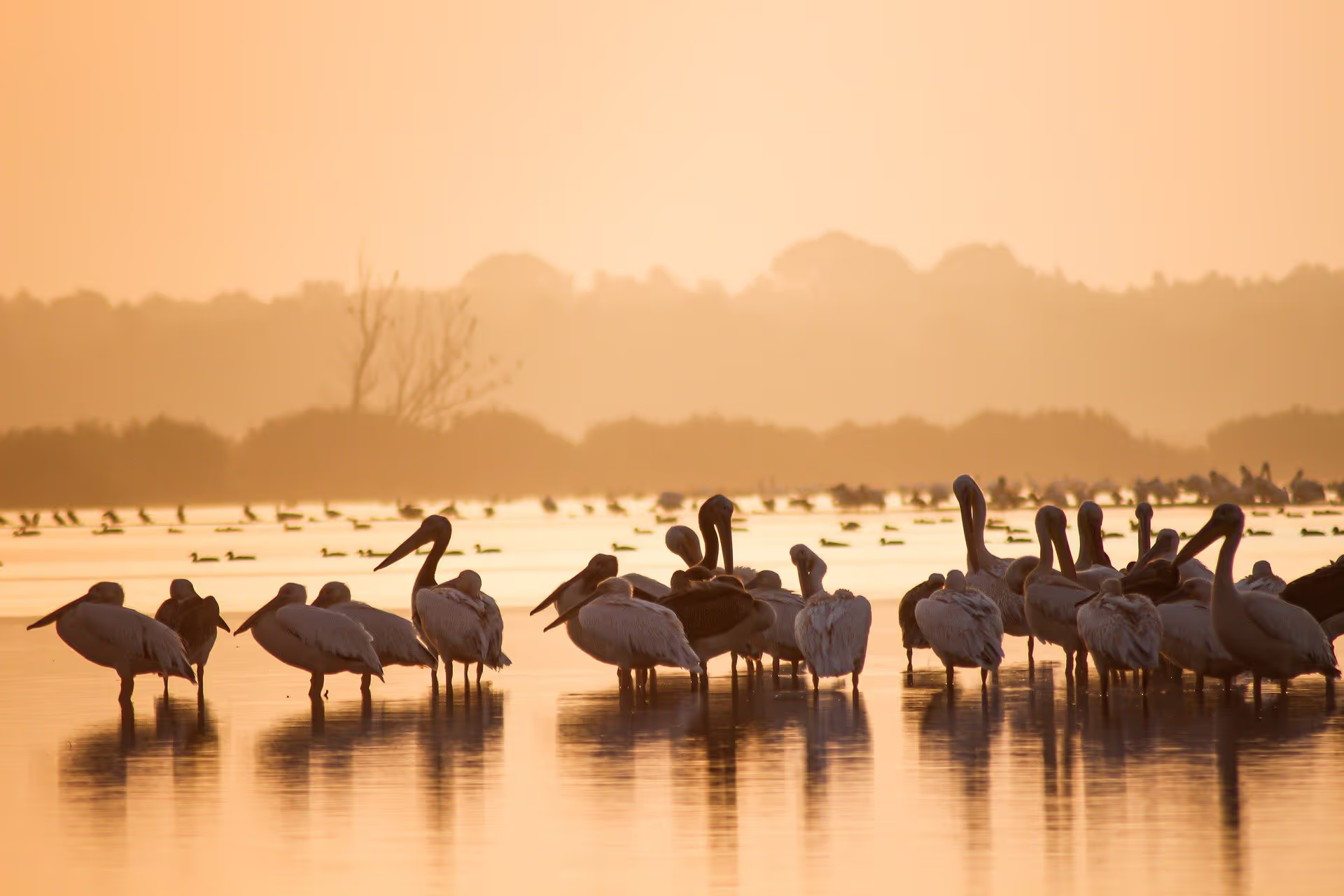

According to the World Economic Forum, in 2020,
over half of global GDP
is dependent on healthy biodiversity and functioning ecosystems.
Studying 33 rewilding projects over 10 years,
jobs increased by 54%,
and volunteering positions increased
The area of land undergoing rewilding in the UK, registered with The Rewilding Network, has increased by nearly
hectares
in just over a year.

Biodiversity recovery kind of means what it says. However, recover to what?
On average, natural populations are roughly a third of the size they were fifty years ago, and who knows what fraction they are of populations that existed one, two, three thousand years ago. This means that all those plants and animals are struggling to exert all their normal effects on others, both amongst their own species, and within the wider landscape around them. Nature is an unbelievably complicated, multidimensional jigsaw of billions of interactions between billions of organisms, that left alone achieves an astonishing, chaotic, yet mesmeric equilibrium.
However, as humanity has exponentially hunted, enclosed, fragmented and stressed species, the jigsaw has developed more frequent and bigger holes. Habitat loss combined with climate change, invasive species, disease and extreme weather have left our natural world teetering on the edge. We truly have a lot to do.
But despite everything, nature is exceedingly resilient, it hangs on in the most outrageous situations. So all is not lost. There is still time. Nature can bounce back if we just give it space and the right conditions. This is biodiversity recovery.
A buzz-word for over a decade, rewilding means different things to different people. To some it is a coveted return to the past, to others a middle-class idyll resulting in rural depopulation.
To us (and we find most practitioners, organisations and experts) rewilding enables nature to become self-sustaining once more, but not at our expense. Rewilding allows a resurgence of plants and animals, whilst creating job, lifestyle and financial opportunities on the road to a holistic co-existence, where the natural world is once more woven into the fabric of every day life.

Copyright: Knepp Castle Estate
Rewilding is a technique that allows relatively rapid restoration of biodiversity over large areas - it could be the solution we are looking for - the science certainly supports it.
Don't just take our word for it -it is increasingly becoming popular amongst global policy makers. The UN is keen for it to play a central role in this UN Decade of Ecosystem Restoration. The IUCN, global linchpin of conservation, has now adopted rewilding as a vital style of conservation. Closer to home, it is likely to receive government endorsement in the new ELMs payment scheme, it is practiced by The Wildlife Trusts, RSPB, National Trust, and is endorsed by such experts as Chris Packham, Roy Dennis and even Sir David Attenborough has stated that, "the only way out of this crisis we have created...we must rewild the earth."

Rewilding, and therefore ecosystem restoration, are based upon healthy, functional natural processes. But what are natural processes I hear you cry. Well, put simply, they are either those interactions between different species, or the results of those interactions.
So if a crow is pecking at a bit of roadkill on the country lane ahead of you, it is interacting with that dead animal, and fulfilling the natural process of sanitation. Without crows dead animals would last far longer in the landscape, and the nutrients from that animal would not get recycled back into the environment as quickly. Without the dead animal the crow would go hungry.
Those animals require healthy enough populations for both to meet, then the natural process should be self-sustaining. This is why the biodiversity crisis (meaning low population sizes) is stalling many natural processes. The flip side, is that by taking actions to improve natural processes, nature can largely carry on by itself, with little assistance.
It is important to remember that these processes can be really essential to humans too, as with pollination (food), plant succession (timber, clean air, fertile soil, clean water, flood defence), herbivory (food), soil structure (flood defence, food, clean water), more complete food webs will lead to better pest control (food).
Whilst improving population size of any species is fantastic, and of many species thoroughly worth celebrating, this is just half the picture, and therefore half the battle. There is little benefit of having a lake full of hundreds of pike, separated by weirs or dams from a second lake full of the pikes' fish of the day. For rewilding to work, we have to build connections (or remove barriers) between such sites. Our infrastructure often splits populations creating smaller, more distant fragments that can no longer perform their part in natural processes. It is only be reversing this fragmentation that species can behave naturally and interact.

Also, the larger the area available to nature, the greater population sizes it tends to support, the greater the variety of species that are likely to be present, and then both the greater the chance individuals from these species are likely to meet, whilst the more types of interactions (and thus more types of natural processes) are probable.
Therefore, the larger areas we can hand over to nature, the healthier nature will be, and by default, the healthier (and more prosperous) it will be for us. But in our fragmented modern world you don't always have the option of scale, and this is where decent connections come in. If you haven't got 40 hectares to dedicate to rewilding, then connect two 20 hectare plots well, and you could achieve comparable results.
Urban areas are extremely challenging for nature with all the roads and fences, so here it is even more important to rewild at any scale. If you can join the gardens from ten terraced houses, you may have the area of a small park, and probably far more diversity. If this collective was next to a park, you have expanded the options for creatures in that park, and may get some interesting visitors in your garden as a result.

BECAUSE WHEN NATURE FLOURISHES, WE ALL DO
I think this is the one we always forget about when we discuss rewilding, climate change, the biodiversity crisis or conservation in general. Those that see rewilding as a return to some halcyon pastoral or even prehistoric image, miss the point that we have at least 80 times the population density of the Neolithic, and that population growth means that we may not peak as a species for another 80 years, by which time we may reach 11 billion souls.
So how can we make space for nature on this crowded planet? Well as we have discussed, if only for our own sake, we must
The UK is one of the most crowded nations on earth, yet >70% of its land area is given over to farming. However, since food waste is estimated at ~40%, were we to eliminate this, we could actually afford to farm just 42% of our land, and give the remaining 28% back to nature. Yes we need to get far better at using our food chains effectively and celebrating local producers, but it is very possible. And naturally, we wouldn't give the most fertile land away, just the most marginal 28% that is less cost effective to farm anyway.
So how does rewilding come in to this? And for that matter people? Well all those diversified farms, nature improvement areas, upland showcases and urban corridors will be ideal for rewilding and ripe for volunteering, working, or living in. They're not meant to be empty wildernesses, but home and work for low-impact vibrant communities. They could support retreats, small scale farms, glamping sites, meeting venues, wildlife tourism, B&B or self-catering accommodation, great pubs and eateries, art classes, nature talks, cookery schools, nature schools, traditional craft centres, outdoor pursuits to name a few. Imagine the effect on the rural economy and how much more vibrant rural communities could be. In our cities, the degree of alienation people feel from nature is at a record high, but we can break down these barriers by allowing nature to flow through our urban communities, we can create more nature-economy based jobs, provide countless volunteering opportunities and allow nature to become part of everyone's' day.
If you want to dive in further, here are some of the organisations that are making a difference on the ground (and that we follow)...
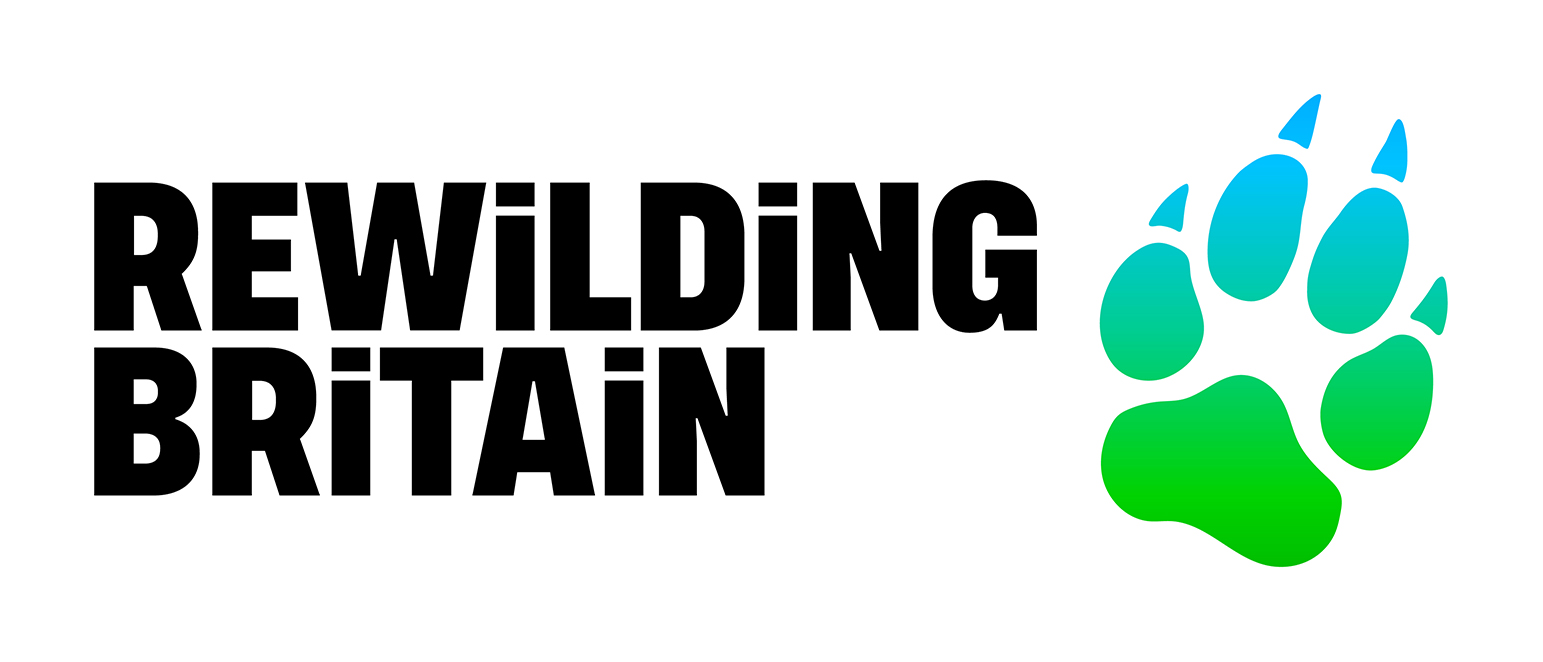

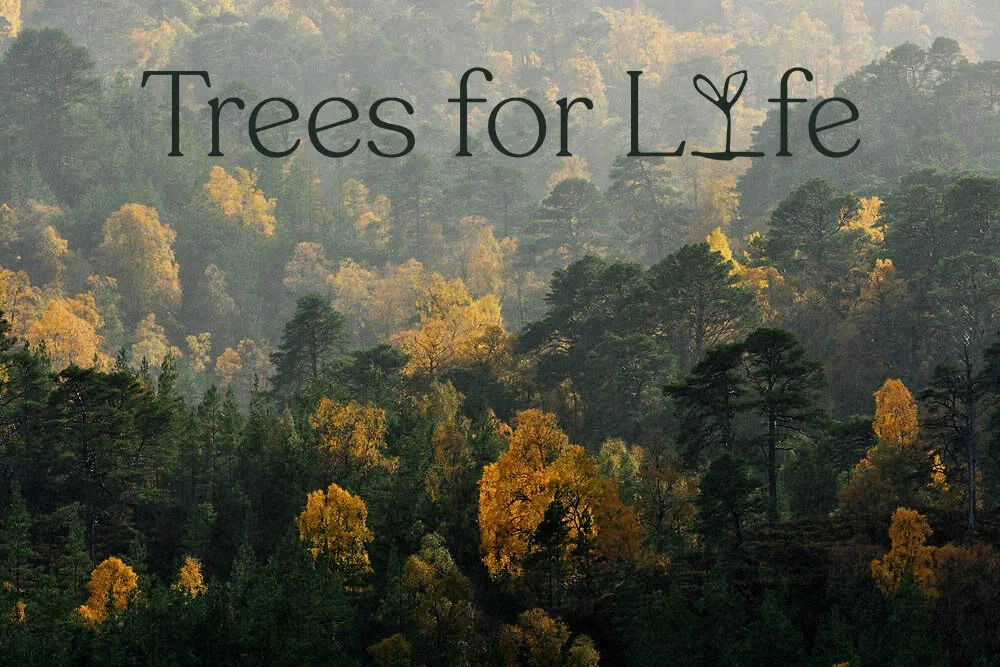
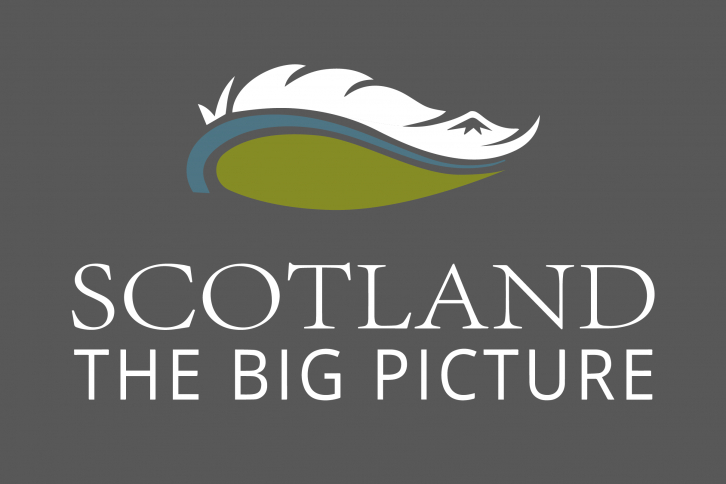
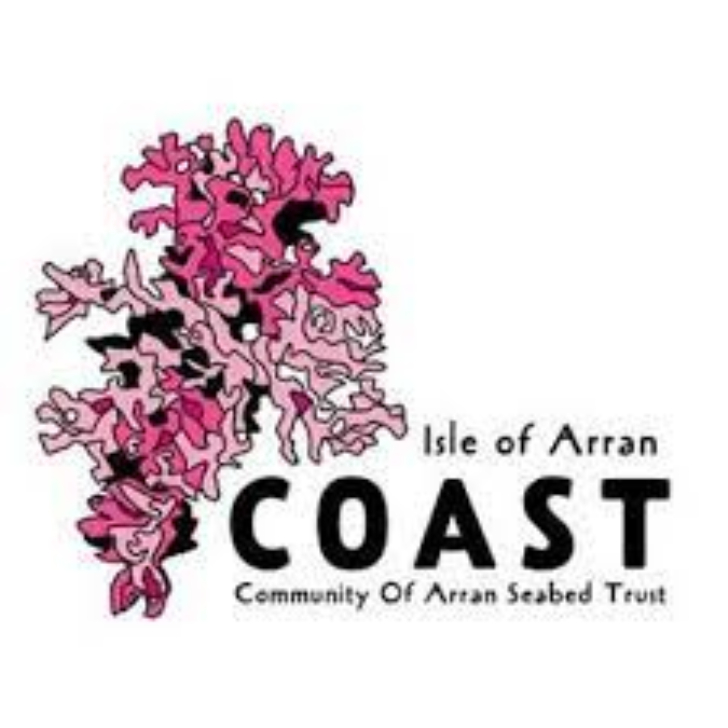



As an organisation, we are passionate about redressing the balance between ourselves and nature. We want everyone to understand the biodiversity crisis, its implications and how to heal it.
More about us
We offer a range of immersive nature-restoration programmes, holding your hand at every step as you transform your patch into a nature-rich, personal sanctuary and legacy for future generations
See Options
We have produced the be all and end all of online courses, A Complete Guide to Rewilding, to help provide expert information so you make the right choices when transforming your (or any other) plot into a thriving, nature-rich ecosystem.
View Course
Ready to get in touch and talk about how we can help you with your rewilding project?
Contact Us© 2025 A Call to ReWild Ltd
Website by Rugby Web Design Limited